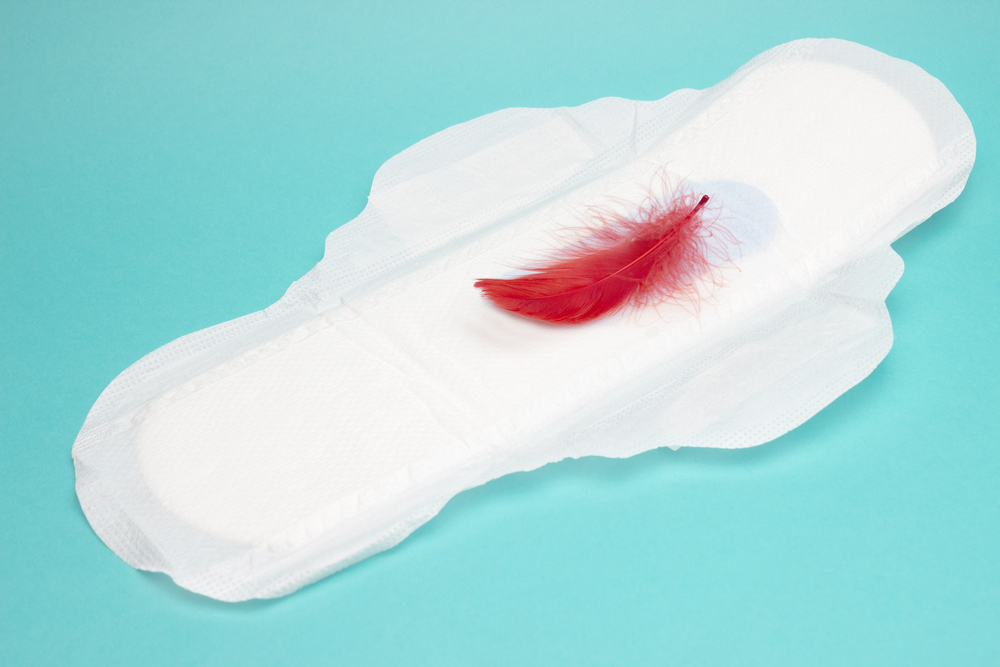Contents:
- Medical Video: 11 Common Mistakes About Sunscreen And How To Choose The Best One
- How can sunlight damage the skin?
- Which must be considered when buying sunblock products
- 1. Make sureBroad Spectrum
- 2. Check the SPF level
- 3. Need to use ones waterproof (waterproof) or sweatproof (sweat resistance)?
- 4. Check your skin type
- 5. Check the type of sunscreen
Medical Video: 11 Common Mistakes About Sunscreen And How To Choose The Best One
Did you know that actually using sunscreen is not limited to going to the beach or just swimming? Yes! Ideally, sunblock should be used every day before you leave the house. Not only to prevent sunburn that burns the skin, but also prevents skin cancer. Buying sunblock may not be arbitrary. With the many choices available on the market, here's how to choose the best sunscreen for you.
How can sunlight damage the skin?
Actually, sunlight is not always bad. The body still needs sunlight to produce vitamin D which is important for bone health while reducing your risk of cardiovascular disease. Lack of sunlight can actually be bad for health. However, lingering in the sun without protection is also not good.
There are three types of UV (ultraviolet) radiation that are emitted by the sun, but only UVA and UVB that affect the human body. UVA rays, or commonly known as aging rays, can accelerate skin aging, and cause wrinkles and black spots. Meanwhile, UVB rays or burning rays is a type of light that can burn the skin.
Exposure to the two rays can lead to skin cancer. Moreover, UVA rays can penetrate glass and clouds. Although UVB rays cannot, the intensity of radiation is much stronger than UVA. That's why it's important for you to apply sunblock every day before leaving the house, even if the weather is cloudy. Sunblock or sunscreen will block the absorption of radiation into the surface of the skin.
Besides UV rays coming from the sun, tanning bed and tanning lamp which is often used to brown the skin also emits UV light which can trigger skin cancer. So, avoid using these two tools too often.
Which must be considered when buying sunblock products
1. Make sureBroad Spectrum
Sunscreens that contain UVB are more popular since ancient times, but what you really need is a sunblock product that says "Broad Spectrum". That is, the sunscreen can protect you from both UVA and UVB rays.
Labeled sunscreen products broad spectrum will contain titanium dioxide (titanium oxide) and zinc oxide (zinc oxide), avobenzone, octisalate, ecamsule, or PABA (para-aminobenzic acid) which functions to counteract UV radiation.
2. Check the SPF level
SPF stands for Sun Protection Factor, to tell you how well the product protects the skin from sunburn.
The minimum SPF level recommended by experts around the world is SPF 30, higher is better. Sunscreen with a minimum of SPF 30 can block 97% of UVB rays. In addition, high SPF products can provide better protection from the risk of long-term skin damage, such as skin cancer. But until now, no single sunscreen has been able to block 100% of the sun's UVB rays.
3. Need to use ones waterproof (waterproof) or sweatproof (sweat resistance)?
Actually, the use of the term "waterproof" or "sweatproof" is not appropriate because sunscreen cream will still be washed away if you sweat profusely or are in the water for a long time. So whatever your choice of sunscreen, you still have to reapply it ideally evenly every 2 hours, or immediately after swimming or sweating.
4. Check your skin type
There are two types of sunscreens, namely sunblock (physical sunscreen) and sunscreen (chemical sunscreen). Sunscreen acts as a filter for sunlight, while sunblock functions as a skin barrier wall from sunlight.
Sunscreens must be re-applied frequently, also tend to irritate the skin more (especially on sensitive or dry skin). Meanwhile, the texture of the sunblock is thicker, milky white, and can leave a white layer on the surface of the skin.
If your skin type is oily or pimpled, it is generally better to choose a lighter sunscreen like gel based ones. If your skin is dry, you can choose any type of sunscreen, such as cream, sticks, or lotion (other than the spray because it usually contains alcohol), but apply your moisturizer first. For those with sensitive or allergic skin, mineral sunscreens with active ingredients such as zinc oxide tend to be safe and not irritate the skin.
5. Check the type of sunscreen
Sunscreen types of creams can be used for the entire body, including the face. While in the form of gel suitable for use in hairy areas, such as the scalp or chest (for men) If you want to provide more protection in the area under the eyes, choose a sunscreen in the form of a stick.
There is also a sunblock in the form of a spray can containing liquid sunscreen. Spray several times on the desired part of the body, then wipe evenly on the entire surface of the skin. This type of sunscreen is not directly sprayed on the face, but first spray into the palm of the hand, then wipe evenly on your face.












